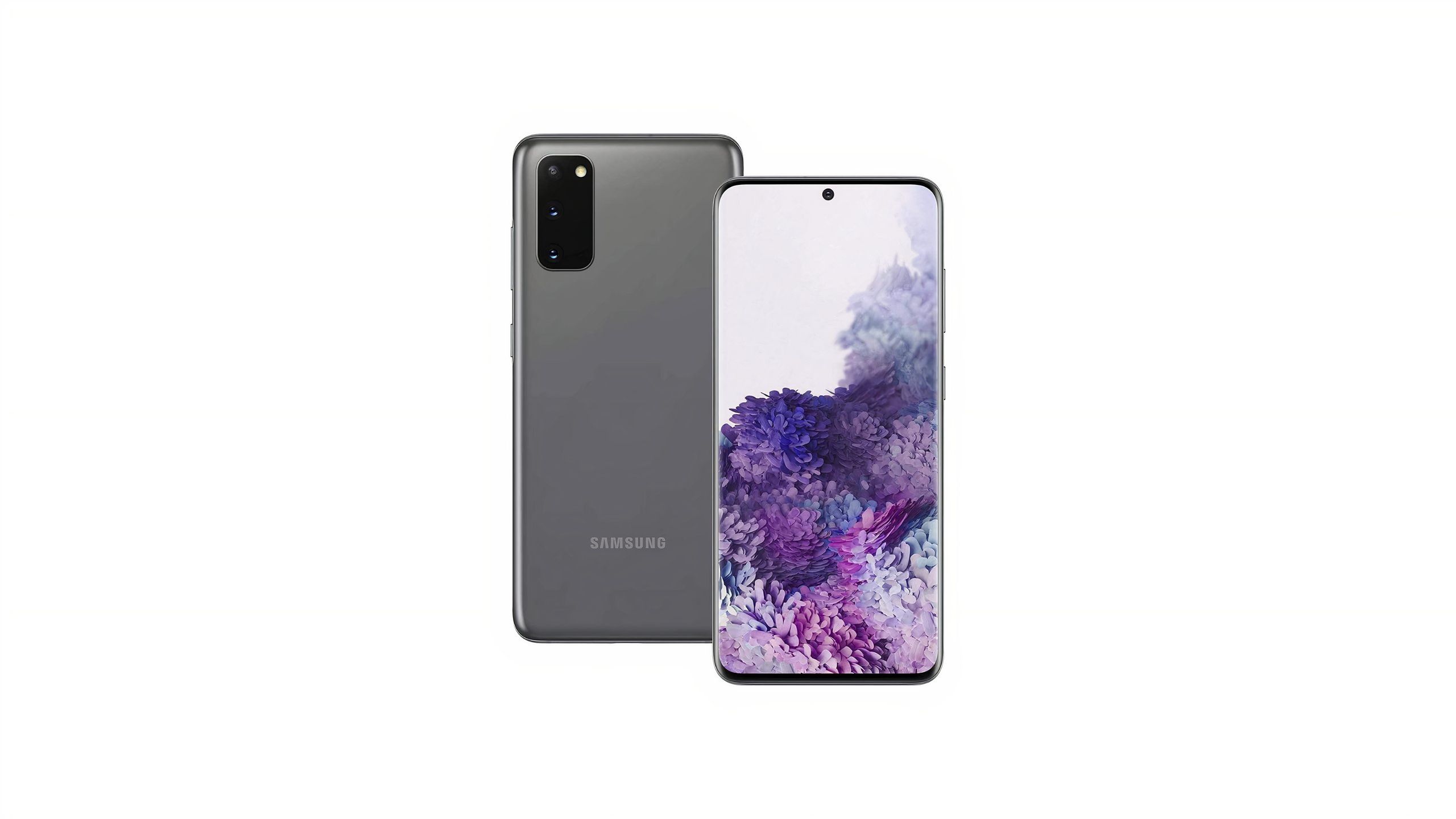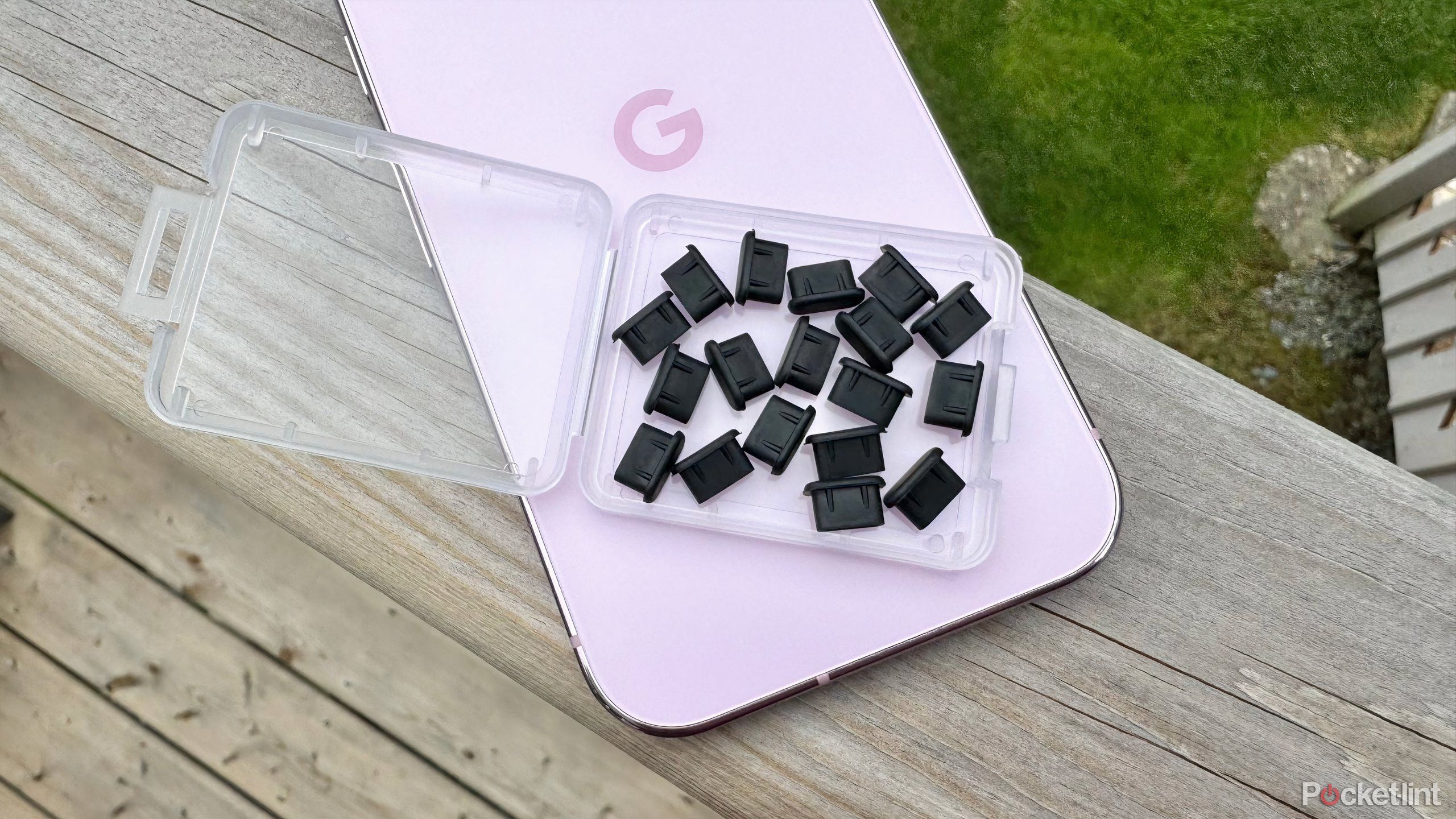Summary
- My Samsung Galaxy S20’s USB-C port was so gunked up with pocket lint, that my charging cable stopped connecting properly.
- In response, I took it upon myself to clean out the port and to remove all the trapped and compacted debris.
- Unfortunately, I was far too aggressive in my cleanup, and I broke my S20 in the process.
I have a love-hate relationship with USB Type-C. On the one hand, I enjoy its ubiquity in the consumer charging space, its reversible connector design, and its immense power delivery and data bandwidth potential. On the other hand, I find its physical design to ‘snap’ into place less satisfyingly than Apple’s older Lightning standard, and I’ve run into issues with loose cables and with an accumulation of debris within the female end of the reciprocal.
I’ve been using USB-C smartphones since the days of the Nexus 5X in 2015, and without fail, it has been a struggle to avoid the build-up of lint, dust, dirt, and other grime on every handset I’ve slipped into my pocket. To be clear, I take cleanliness seriously, and I go out of my way to remove any and all dust and lint that forms within the pockets of my clothing on a semi-regular basis.
…I found myself struggling more and more to plug my phone in.
This all came to a head in 2023, after approximately a year of owning my then-daily smartphone carry, the Samsung Galaxy S20 5G. At the time, I relied exclusively on wired USB to top up my battery, having not yet discovered the wonders of magnetic inductive charging. I also regularly toted my S20 without a case, resulting in a ton of unsightly dings and scratches around the charging port area in no time at all.
Beyond cosmetic damage, a far more significant issue began to rear its head around this time. Despite my pocket-cleaning propensities, I found myself struggling more and more to plug my phone in to charge, and it’d often fall right out during the night, leaving me with a dead battery the next morning. What I didn’t know at the time was that I had a very real, very serious pocket lint problem on my hands.
I broke my Galaxy S20 while trying to fix it
I wasn’t careful enough, and my phone suffered the consequences

- Brand
-
Samsung
- SoC
-
Exynos 990 / Qualcomm Snapdragon 865
- Display
-
6.2-inch Dynamic AMOLED 2X Infinity-O (3200 x 1440)
- RAM
-
8GB / 12GB LPDDR5 RAM
- Storage
-
128GB
- Battery
-
4,000mAh
The Galaxy S20 is Samsung’s flagship Android smartphone for 2020, with a 6.2-inch display panel, a 4,000mAh battery, and the Snapdragon 865 processor in the US.
With a flashlight in tow, I peered into my Galaxy S20’s USB-C charging port with curiosity. I figured there must’ve been some kind of mechanical issue with the port itself, whether due to misalignment, bent contact pins, or perhaps a manufacturer defect. Not once did I consider the possibility of lint accumulation; surely there couldn’t be that much dust and debris built up in a single year, right?
Well, I was wrong.
To my surprise, there was so much pocket lint compacted into my S20’s poor USB-C port, that I’m surprised my cable was insertable at all, if only partially. From here, I decided to put some elbow grease into my problem, and I reached for my supply of toothpicks, sewing needles, cotton swabs, and rubbing alcohol.
I made quick work of the lint, digging out the majority of my USB-C debris in just a few minutes. Satisfied with my results, and feeling cathartic from the satisfaction of the extraction process itself, I went ahead and plugged in my S20 to give its revitalized USB-C port a test run.
The connector plugged into place with a renewed confidence, with far less give than it had previously had. I sighed in relief, and, moments later, my S20 suddenly shut itself off. In my haste to remove pocket lint, I never bothered to turn off my phone ahead of time, and I never thought about the consequences of jamming a metallic needle into my running phone, mixed with copious amounts of saturated isopropyl rubbing alcohol.
How to remove pocket lint the safe way
Here’s how to avoid my tragic debris-filled fate
In retrospect, I absolutely manhandled my defenseless Galaxy S20. I was far too aggressive with my prodding and poking, and I almost certainly scratched USB pins in the process. I also used a toothpick at one point during the lint removal process, and the larger size bent the pins ever so slightly. By far my biggest mistake, however, was opting for a ninety percent rubbing alcohol solution, and mixing it with a conductive needle and a still-powered-on phone.
In the end, I never managed to resuscitate my S20. My inexperience, lack of foresight, and impatient nature led to my handset’s untimely death, and I reaped the consequences of my actions. Thankfully, your phone doesn’t have to ever suffer a similar fate.
As it happens, Pocket-lint has a dedicated article on how to properly remove pocket lint from afflicted tech gadgets — smartphones included. Here are a few simple tips to keep in mind, to avoid my pitfalls altogether:
- Turn off your phone before the cleanup process.
- Use only small amounts of rubbing alcohol, and stick with a seventy percent formulation or lower (higher percentages contain less water, which slows down the evaporation process).
- Avoid sticking metal objects into your phone’s USB-C port, and avoid thicker objects that could bend pins out of place.
- Steer clear of needles and toothpicks, and opt instead for a plastic dental pick.
- The internals of a USB-C port are delicate — be gentle and gingerly when scraping out lint, dust, and other debris.
- In lieu of rigorous scraping, use a can of compressed air (or a dedicated compressed air gun) to carefully dislodge compacted crud.
These days, I rely on USB-C dust plugs
I really hope USB-D comes with a built-in lint trap
As I’ve written about previously, my bad USB-C cleaning experience led me to think outside the box for a solution. To avoid the accumulation of dust and lint on all my future smartphones and other mobile gadgets, I’ve been relying on a set of dirt-cheap anti-dust plugs from Amazon. These small rubber plugs fit snuggly into place, creating a physical barrier between the port and the dangerous outside world.
To avoid the hassle of removing and reinserting my dust plugs on a daily basis, I’ve also gone ahead and switched to wireless charging. This not only reduces the daily wear-and-tear on my phone’s USB-C port, but it also stops my S20-era scratched frame problem dead in its tracks.
…there’s no ingress protection rating for pocket lint.
Ultimately, despite USB Type-C’s merits, I feel the connector specification lacks a bit of robustness on the physical side. While it’s easy enough to seal the port from water and dust and to earn an official IP score, there’s no ingress protection rating for pocket lint.
If and when USB-D finally hits the market, I have one request from the USB Implementers Forum: please engineer the specification to include a built-in lint trap. Perhaps this could take the form of a miniature mesh, similar conceptually to the one found on dryers and other appliances. Such a mesh could be conceivably designed to collapse in on itself whenever a cable is inserted into a port, effectively ending my need to purchase dust plugs, and adding further robustness to any and all USB-equipped consumer electronics.











